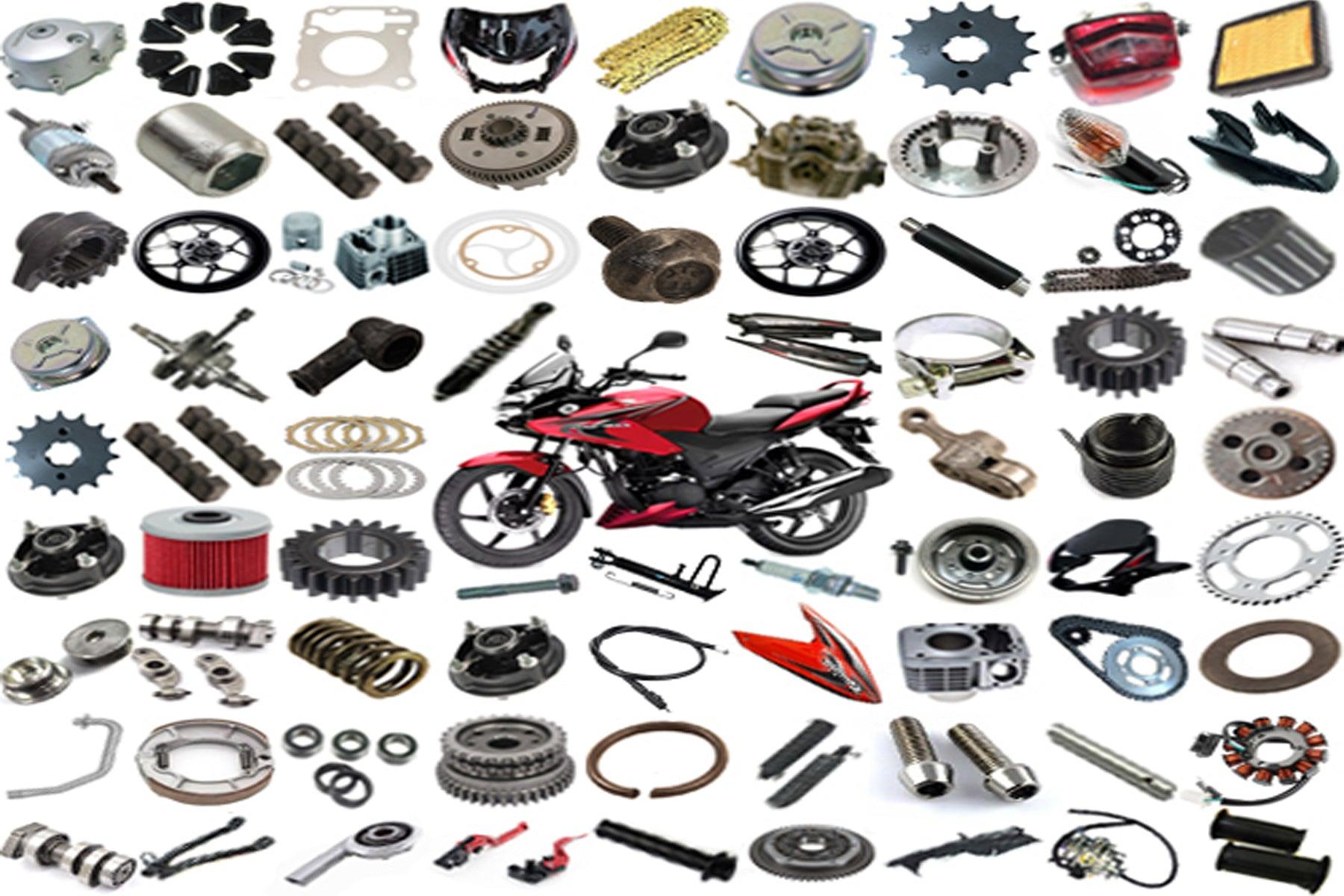Little Known Facts About Motorcycle Boots.
The Buzz on Motorcycle Boots
Table of Contents3 Easy Facts About Motorcycle Boots DescribedMotorcycle Boots Things To Know Before You Get ThisFacts About Motorcycle Boots RevealedFascination About Motorcycle BootsFascination About Motorcycle BootsNot known Facts About Motorcycle Boots
The vital elements of contemporary motorcycles are provided below.; this has been made use of all with motorcycle background but is currently coming to be extra typical.It was commonly out of favor and usually considered a poor concept at the time. Today it is an utilized on some "thumpers" (single-cylinder four-strokes) that generally have dry-sump lubrication requiring an outside oil storage tank. It has because obtained some prestige in the contemporary customized bike world too because of the room savings it can afford and the recommendation to an earlier age.
Any type of storage tank for fuel might be so called, the term is usually applied to part of an engine system in which the gas is kept and moved (fuel pump) or launched (pressurized gas) into an engine. A motorcycle fork is the section of a bike that holds the front wheel and enables one to guide.
Not known Facts About Motorcycle Boots
The combination of rake and trail determines just how stable the bike is. motorcycle boots. The 'fork' on a motorbike contains numerous components. The three-way trees (likewise understood as yokes) hold the fork tubes (which have the fork springtimes), and are fastened to the neck of the structure by the guiding stem.

Bikes have mainly, yet not specifically, been generated with one to four cyndrical tubes, and developers have actually attempted virtually every possible design. The most common engine setups today are the single and twin, the V-twin, the opposed double (or fighter), and the in-line three-way and in-line four. A variety of others designs have reached automation, including the V-4, the level 6-cylinder, the flat 4-cylinder, the in-line 6-cylinder, and the Wankel engine.
Little Known Questions About Motorcycle Boots.
Chain-drive usages gears and a roller chain, which requires both lubrication and modification for elongation (stretch) that happens via wear. The lubricating substance undergoes being shaken off the fast-moving chain and leads to crud and dust accumulation. Chains do weaken, and excessive wear on the front and rear gears can be dangerous.
Conventional roller chain-drives suffer the capacity for resonance, as the effective span of action in a chain and sprocket combination frequently transforms throughout the transformation ("chordal activity"). If a drive sprocket revolves at constant RPM, then the chain (and the driven sprocket) has to speed up and decrease continuously. Most chain-driven motorcycles are fitted with a rubber bushed back wheel hub to remove this resonance problem.
These chain oilers differ in sophistication, but all add dramatically to the life of the chain. The custom-made of lubing by immersing the chain in a tin of warm grease discontinued in the early 1970s, when most chains had rubber "O'-rings. The original Suzuki RE5 of 1975 included a rear chain oiler, yet the 1976 version had a covered chain, and its oiler was erased as "unnecessary".
Not known Details About Motorcycle Boots
A toothed belt is regularly made use of. They are not as resilient when subjected to high horsepower as a chain. You can not change the length and adjustment last drive ratios as easily as chains. They also can not wrap as very closely around chains. And require larger pulleys contrasted to chain gears to obtain a reliable final drive proportion.
Inside the bell real estate a bevel gear on the shaft companions with one more on the wheel place. This setup is superior in terms of sound and sanitation and is essentially maintenance-free, with the exemption of periodic fluid changes.
Nonetheless, the additional equipment collections are a resource of power loss and added weight. A shaft-equipped motorcycle might likewise be vulnerable to shaft result. Essentially all high-performance auto racing bikes use chain-drive since they are the most this mechanically efficient transmitting power to the back wheel. A cord wheel and pneumatic motorbike tire on a Ural The wheel edges are generally steel or light weight aluminum (normally with steel spokes and an aluminum hub) or mag-kind cast or machined light weight aluminum.

Unknown Facts About Motorcycle Boots
There are tires created for dust bikes, touring, sporting activity and cruiser bikes. Dust bike tires have knobbly, deep treads for maximum grip on loose dust, mud, or gravel; such tires have a tendency to be much less stable and noisier on smooth surface areas.
Visiting tires are generally constructed from a harder rubber compound for better resilience, these might last longer yet often tend to give much less outright hold compared to sports tires at ideal operating temperatures. Exploring tires generally provide more grasp at lower temperatures see this here and can be a lot more suited to riding in cool or winter season problems where a sporting activity tire might never reach its optimum operating temperature.
These tend to have stronger sidewalls as they are normally fitted to heavier devices. Motorsport or competing tires supply the highest of levels of grasp. As a result of the high temperature levels at which these tires typically run, use outside a racing atmosphere is unsafe, generally these tires do not reach their maximum temperature which supplies less than optimum grasp.
All About Motorcycle Boots

There are lots of brake-performance-enhancing aftermarket components available for a lot of motorbikes, including brake pads of varying compounds and steel-braided brake lines.